Filter News
Area of Research
Media Contacts
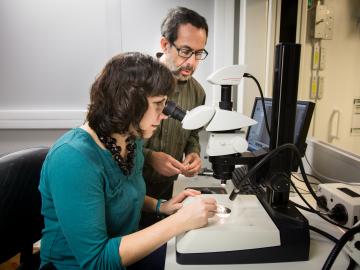
Scientific discovery can come from anywhere, but few researchers can say the answers to their questions would come from the pea-sized bones in the head of a six-foot-long, 200-pound prehistoric freshwater fish.
In a unique pairing of biology and neutron science, researchers from...
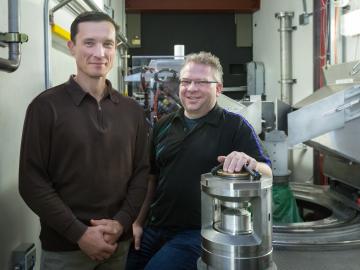
Unexpected results from a neutron scattering experiment at the Department of Energy’s Oak Ridge National Laboratory could open a new pathway for the synthesis of novel materials and also help explain the formation of complex organic structures observed in interstellar space.
I...
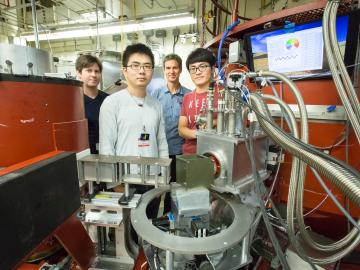
For the first time since 2011, scientific users of Oak Ridge National Laboratory’s High Flux Isotope Reactor were able to take advantage of a seventh cycle, allowing for 25 extra days of neutron production and available time for new experiments on HFIR’s 12 beam lines in fiscal ye...
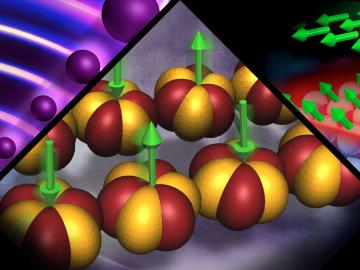
The theories recognized with this year’s Nobel Prize in Physics underpin research ongoing at the Department of Energy’s Oak Ridge National Laboratory, where scientists are using neutrons as a probe to seek new materials with extraordinary properties for applications such as next-generation electronics, superconductors, and quantum computing.
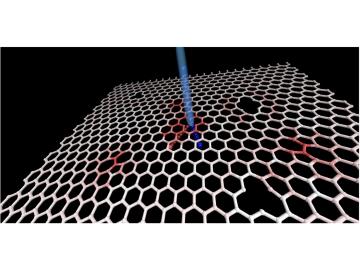
Researchers at Penn State, the Department of Energy’s Oak Ridge National Laboratory and Lockheed Martin Space Systems Company have developed methods to control defects in two-dimensional materials, such as graphene, that may lead to improved membranes for water desalination, energy...
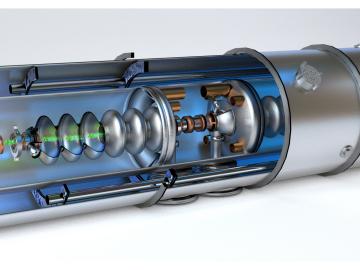
The first of its kind superconducting linear particle accelerator (LINAC) built for the Spallation Neutron Source (SNS) at the Department of Energy’s Oak Ridge National Laboratory is now celebrating 10 years of successful operations.
The world-leading machine, which took 7 years...
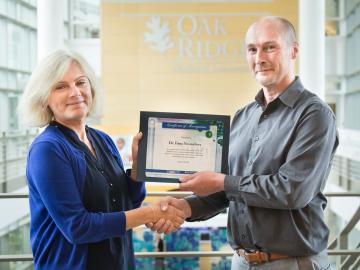
In August, the High Flux Isotope Reactor and the Spallation Neutron Source—both U.S. Department of Energy Office of Science User Facilities at DOE’s Oak Ridge National Laboratory—reached a milestone with the arrival of Irina Nesmelova, the facilities’ 20,000th user.
“We ...

Theory and experiment push each other to expand the frontiers of physics. Now, the Neutron Sciences Directorate at the Department of Energy’s Oak Ridge National Laboratory has both.
Cristian Batista, a theoretical condensed matter physicist with a joint appointment at ORNL and th...
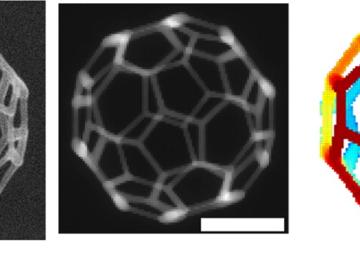
Designing a 3-D printed structure is hard enough when the product is inches or feet in size. Imagine shrinking it smaller than a drop of water, smaller even than a human hair, until it is dwarfed by a common bacterium.
This impossibly small structure can be made a reality with fo...

When physicists Georg Bednorz and K. Alex Muller discovered the first high-temperature superconductors in 1986, it didn’t take much imagination to envision the potential technological benefits of harnessing such materials.




